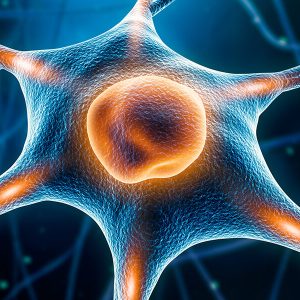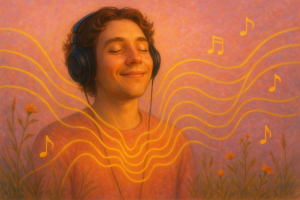
Sound healing therapy has become a widely accessible and life changing treatment option with undeniable clinical implications in recent years. Time and time again sound healing therapy, or the use of sound to improve physical and mental well being, has been proven to influence physiological health factors, improve negative mental states of anxiety and depression, and even aid in the treatment of cancer cells
So why is it, that this magnificent means of medicine is sometimes met with skepticism?
We’ll examine the top 3 most commonly believed myths about sound healing, and debunk them with the most recent, scientifically demonstrated facts.
1. Myth #1: Sound healing therapy is a form of witchcraft or voodoo.
Taking the time to explain to the average person that you participate in sound healing therapy, can sometimes be met with uneducated criticism. To some, this treatment option is confused with the sounds of witchcraft and spell castings of medieval times, not seen for the clinically proven healing instrument it actually is. To debunk the myth that sound healing therapy is a form of witchcraft, check out this study published in the National Library of Medicine citing sound therapy as not only a life changing treatment option, but an even better treatment option than some prescribed medicines. Witchcraft? We think not.
2.Myth #2: There’s no way sound, can actually affect the cells and physiology of the body.
To understand how sound can interact with the body to create change, one must understand what sound is. The textbook definition for sound via Oxford Languages is: “vibrations that travel through the air or another medium and can be heard when they reach a person’s or animal’s ear. Sound is vibration. Vibration is able to physically interact with the physiology of our bodies, and in this way affect physical health. A study published in 2016 confirms this mechanism, citing cells abilities to grow or die, in the presence of certain frequencies of sound. Check out this myth busting study here.
3. Myth #3: Sound healing therapy isn’t a proven science.
In modern medicine, most forms of treatment that aren’t offered through a pharmacy are often met with skepticism and considered alternative, “second best’ options. However the power of sound and its clinical implications have been proven repeatedly. This study that was published in the Journal of Evidence Based Complementary and Alternative Medicine, takes the time to study the effect of sound on mood. It’s findings were that “in summary, this observational study found significant beneficial effects of Tibetan singing bowl meditations on a number of markers related to well-being.” Another study that supports the healing component of sound as a science is this evaluation of sound in the treatment of patients with tinnitus. “Sound therapy is a clinically common method of tinnitus management,” the study concludes. Methods used to reach conclusive findings are the same in the research of sound therapy application as they are in medicinal applications. and should not be dismissed based on personal opinions.
Debunking myths about sound healing therapy is fairly simple if non believers are believers of science, facts, and hard evidence able to be repeated and proven through numerous published studies. Like most stigmatized forms of treatment, the undeniable benefits of sound healing therapy are commonly neglected. The more irrefutable evidence published in nationally accepted scientific journals, the more we can hope to see the healing power of sound on the forefront of treatment options available worldwide.


